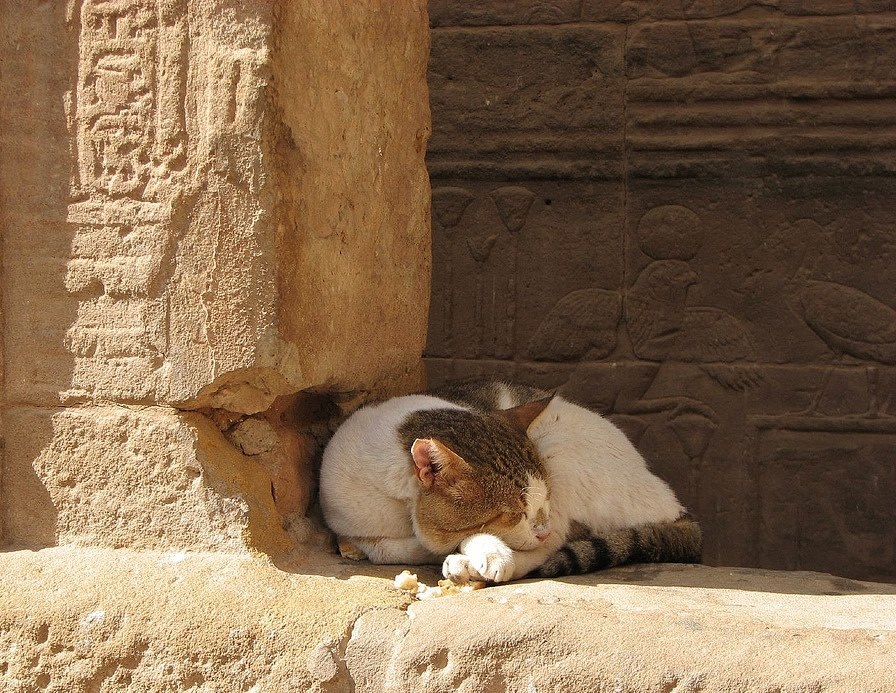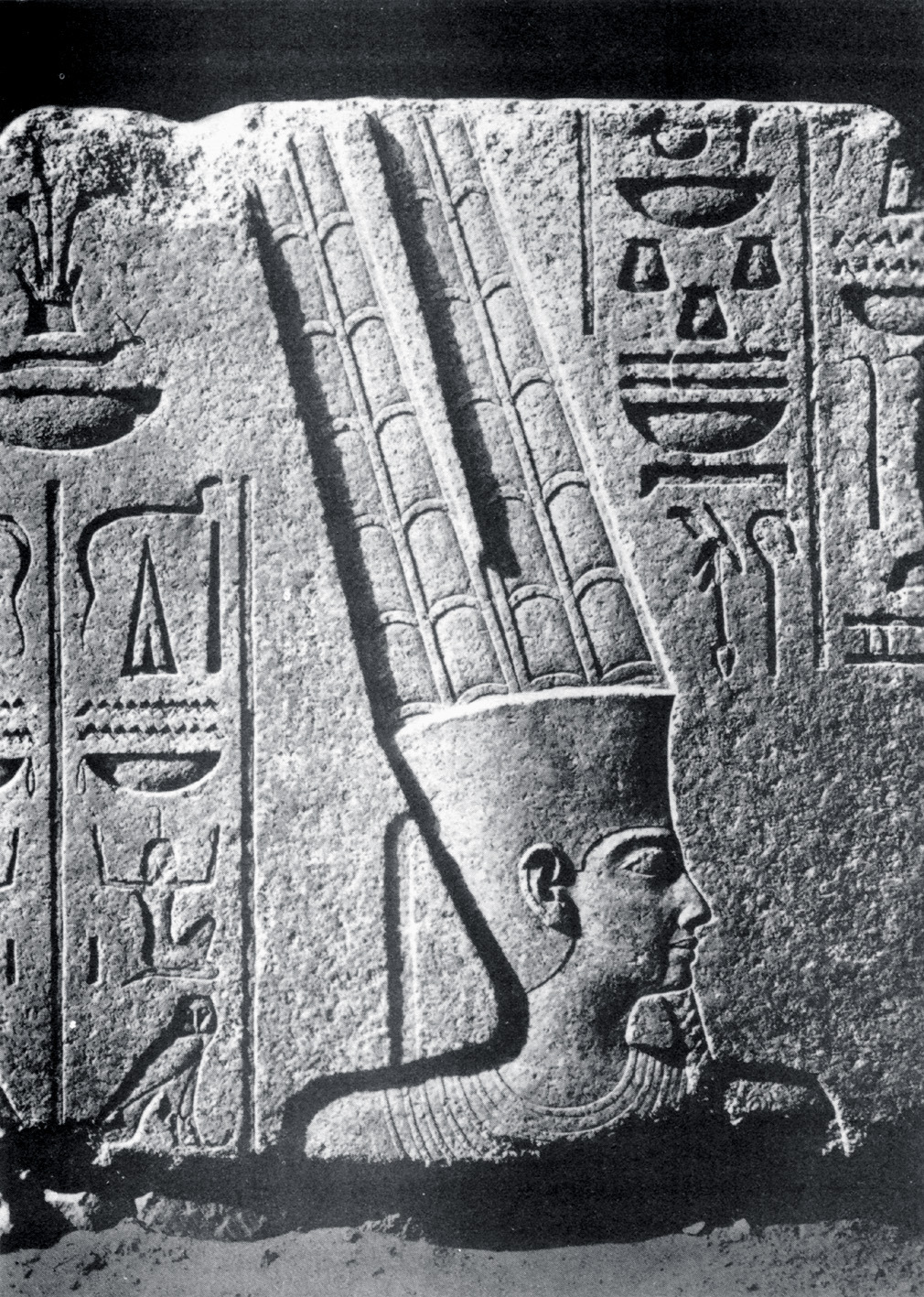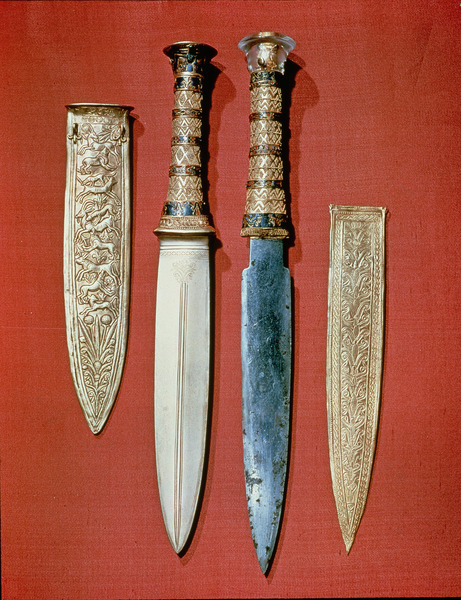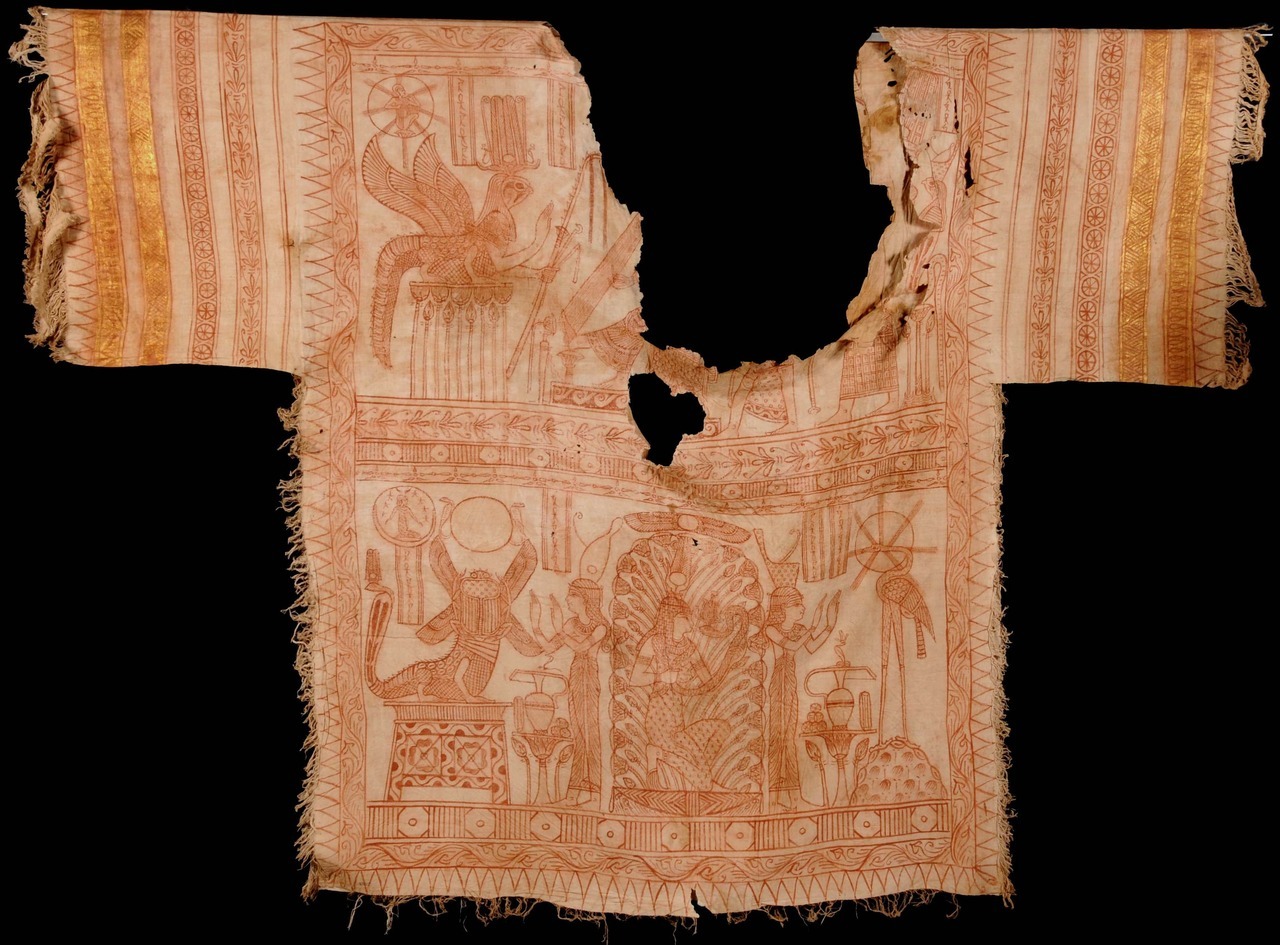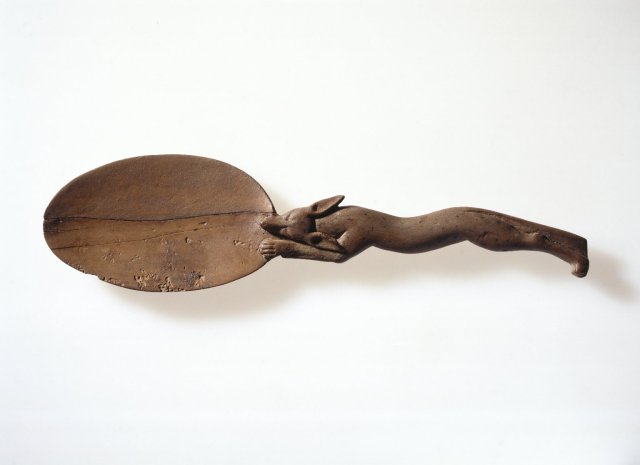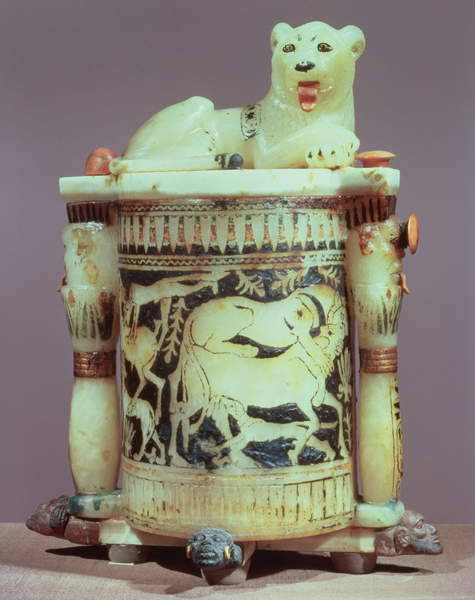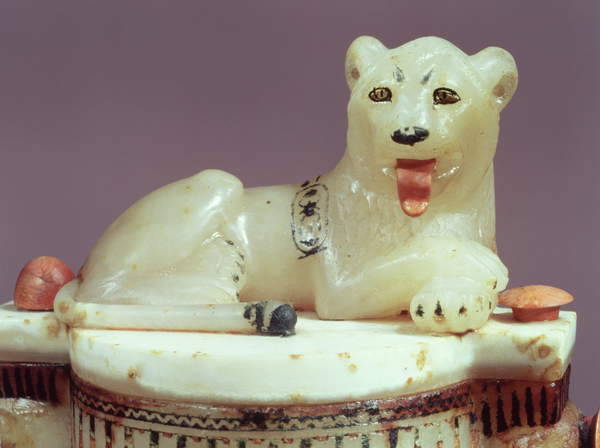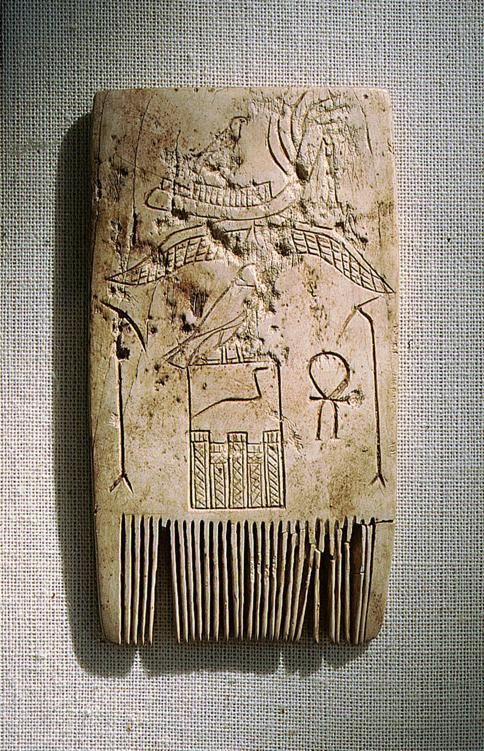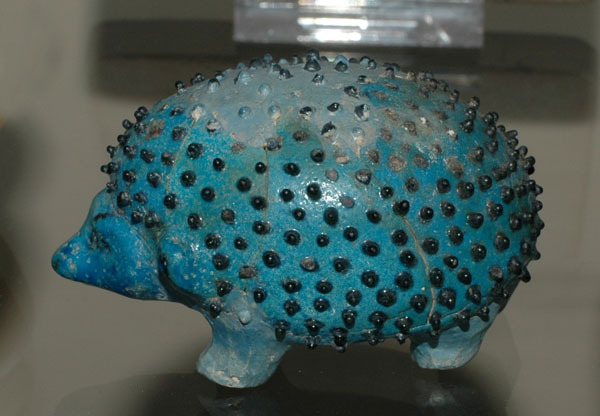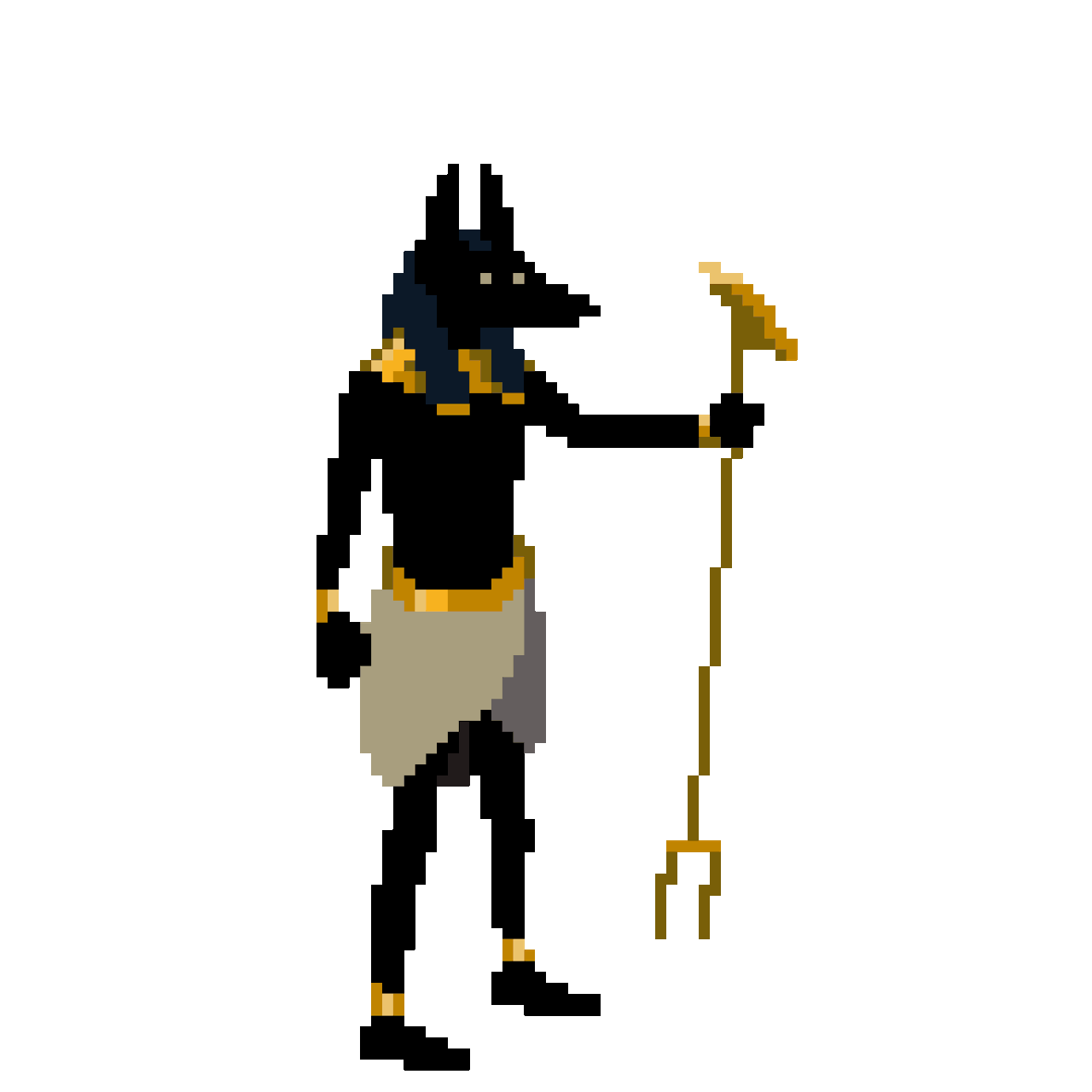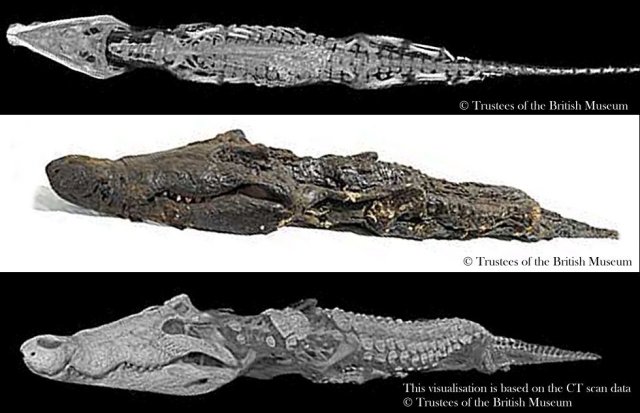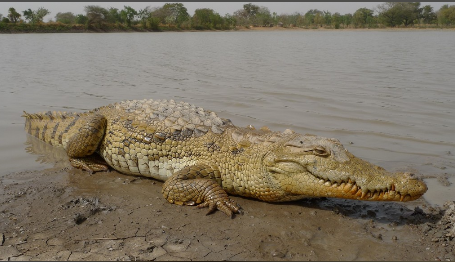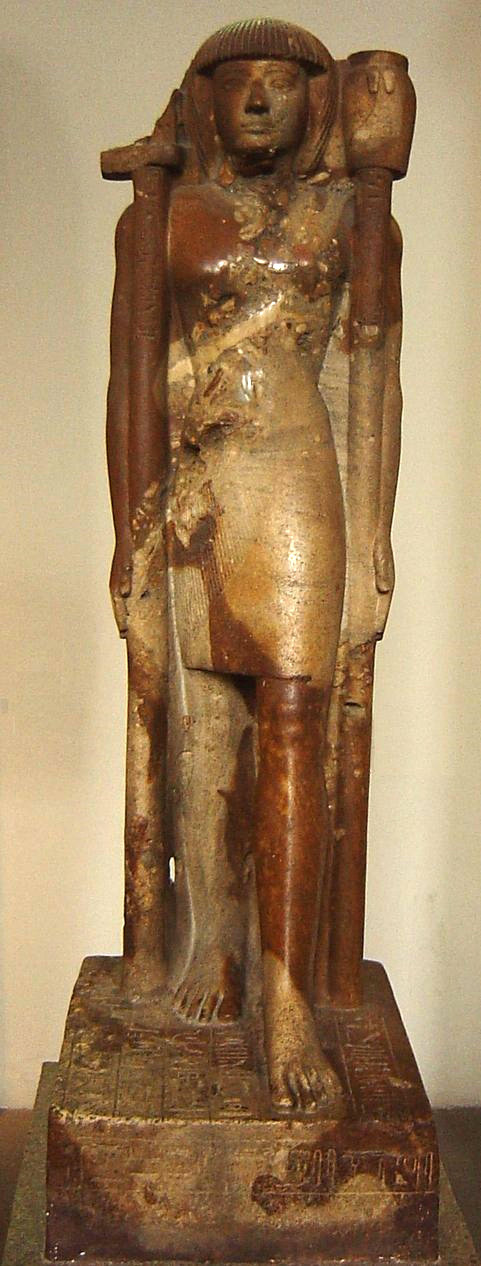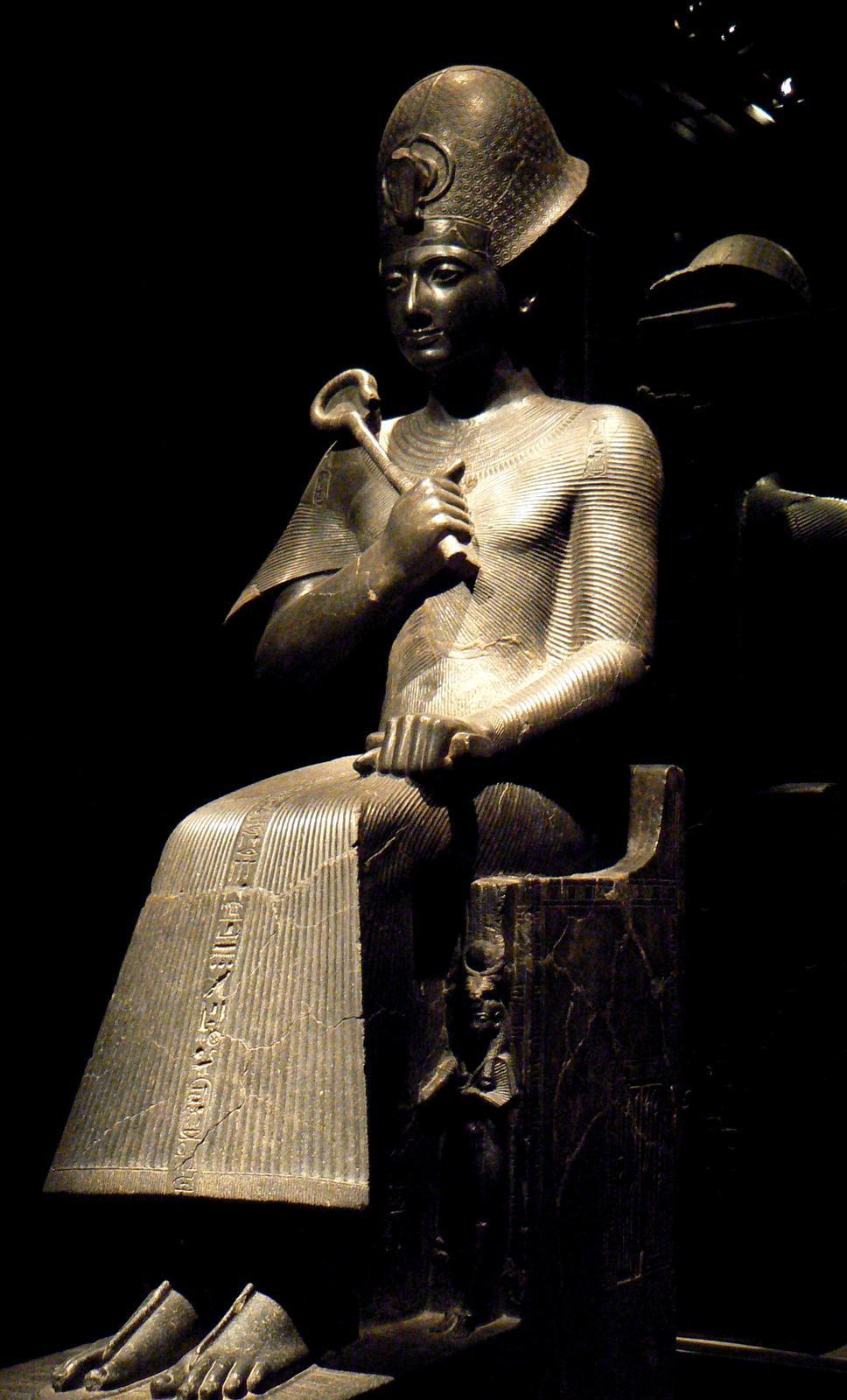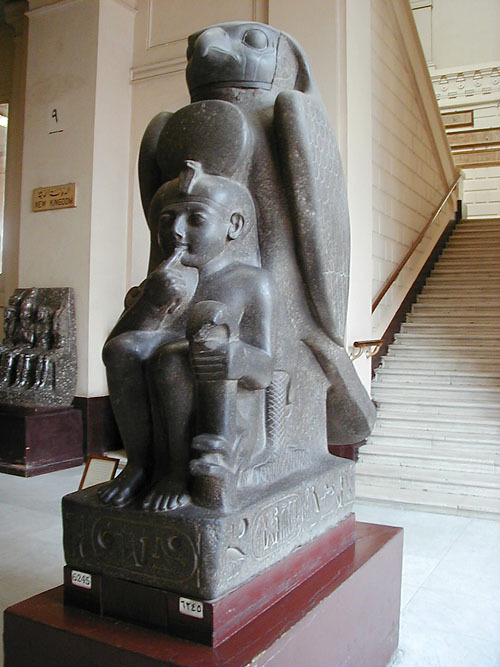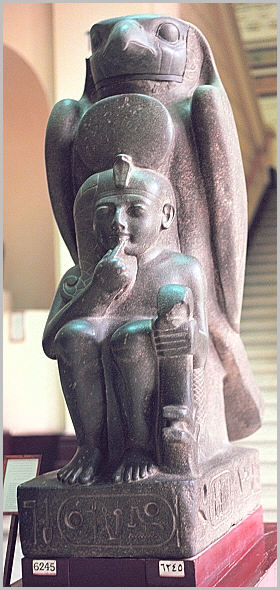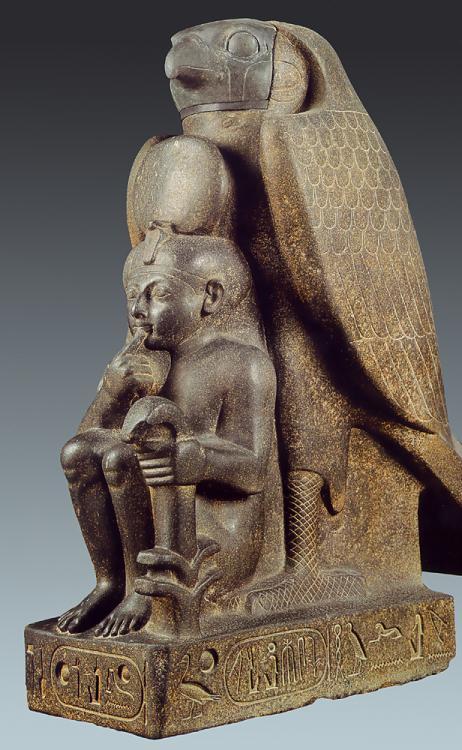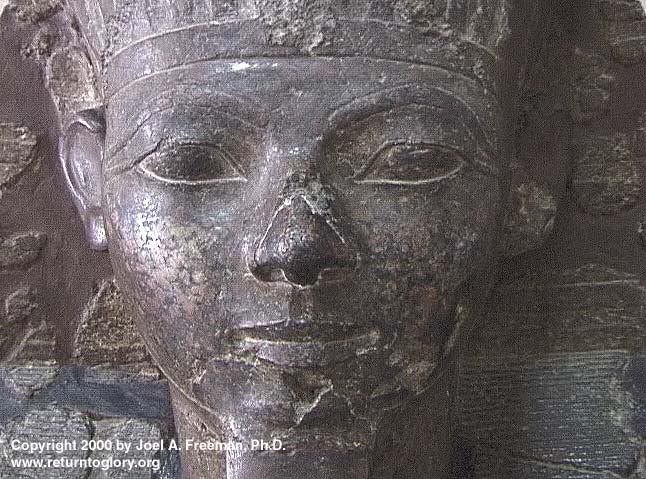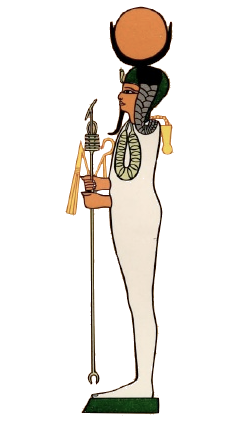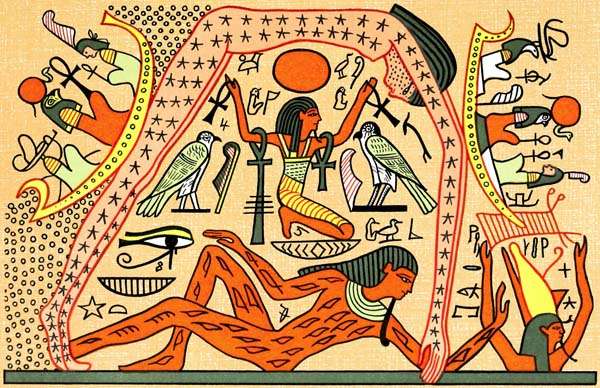
Corselet of Tutankhamun
This combined corselet, collar, and pectoral, is a magnificent piece of jewelry considered to be a royal and official article of clothing, depicted in relief and sculpture throughout the Egyptian history.
In the New Kingdom, this corselet appears especially in divine portrayal, decorated with feather patterns and always worn with the short, close-fitting kilt. Tutankhamun’s corselet is made of two rectangles of stylized feathers, divided into rows of alternating blue turquoise, lapis lazuli, golden chevrons, or inverted V’s, and triangles of red glass.
The front of the collar depicts the king before Amun, lord of Karnak; Atum, the god of creation in Heliopolis; and the vulture-headed goddess Iusaaset, wearing the double crown and extending reeds of millions of years to the king. Serving as counterpoise, on the rear of the collar is a similar pendant, composed of a scarab, flanked by two uraei, or cobras. Read More »

